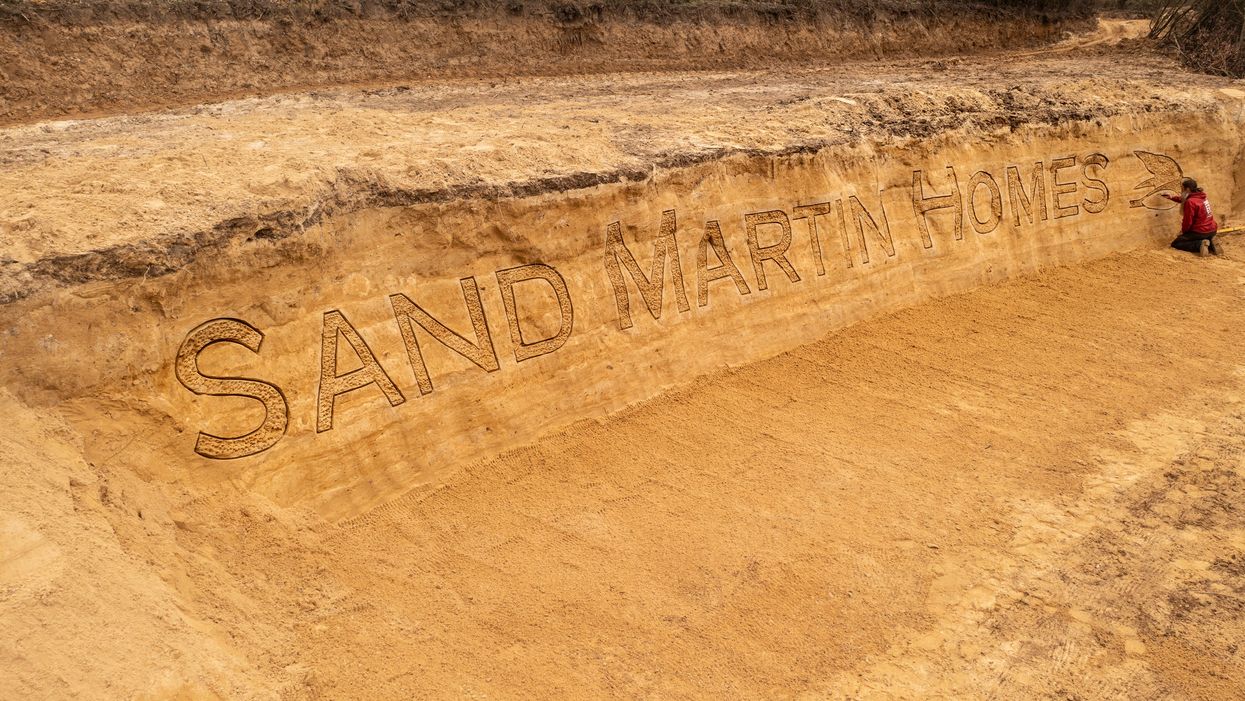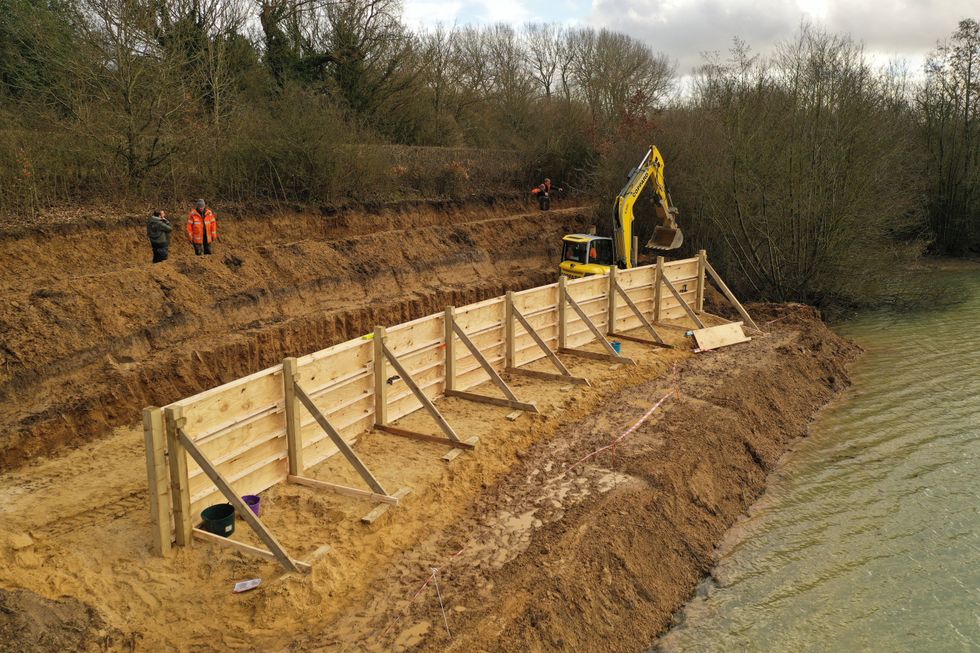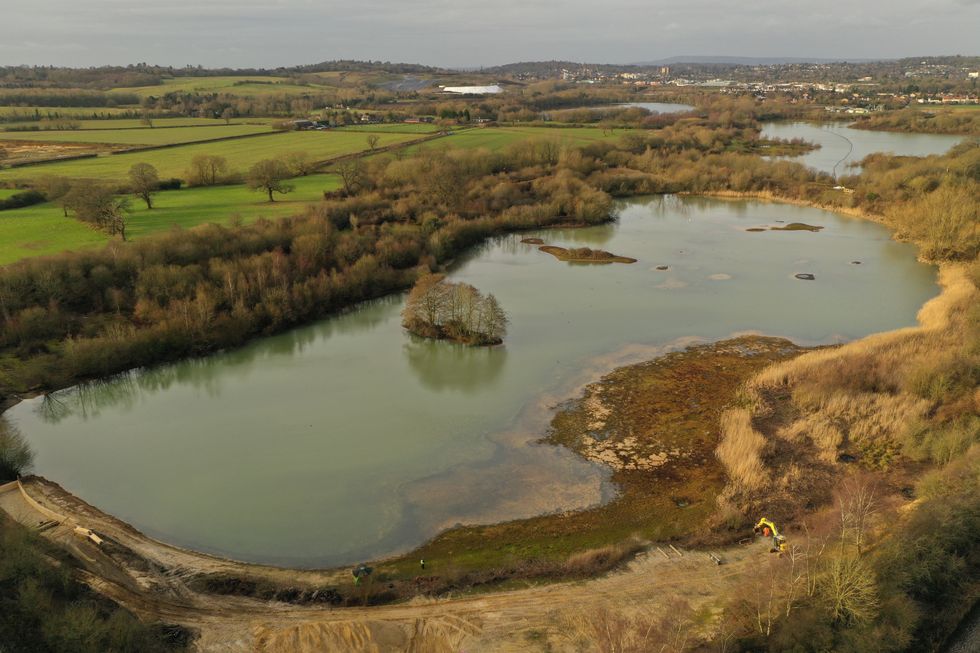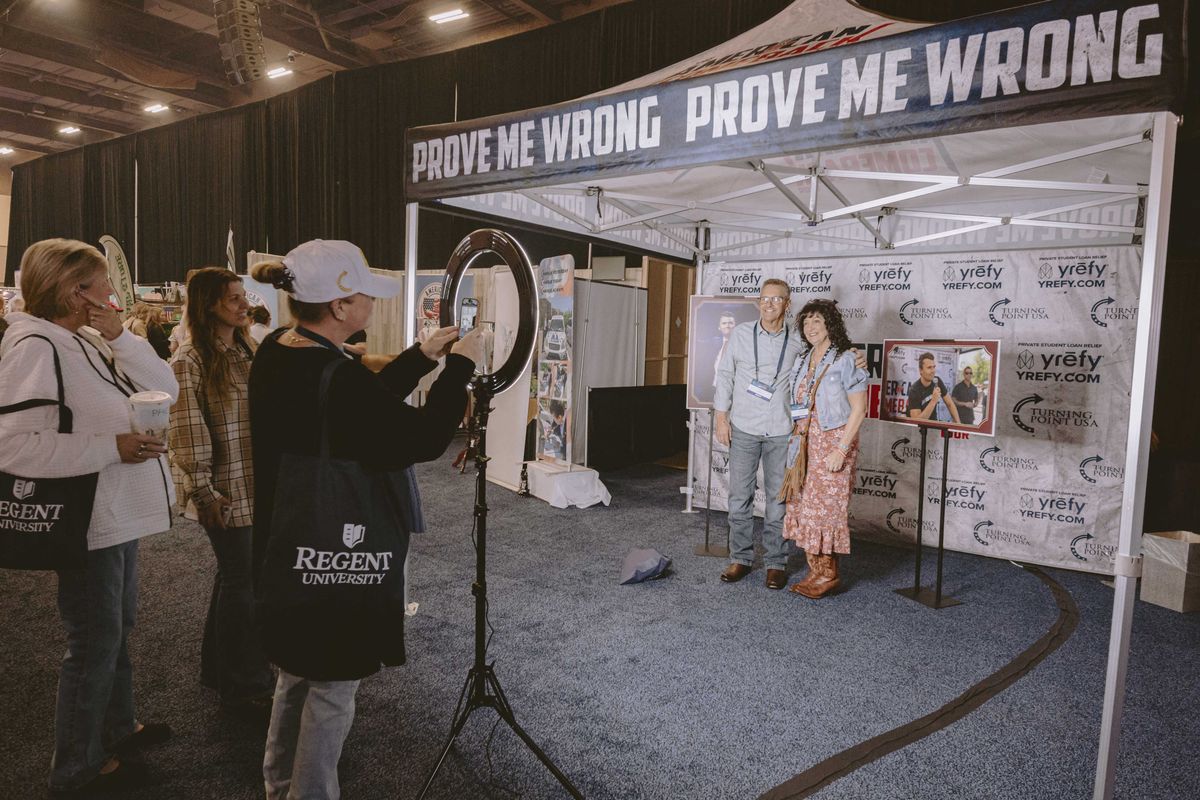
A giant “sandcastle” has been constructed to encourage sand martins to nest at a nature reserve for the first time in 25 years, Surrey Wildlife Trust said.
The 400-tonne sand installation at Spynes Mere, near Merstham Surrey, was built with professional sand sculptors who used a “giant bucket mould” made from wooden boards, as well as the help of diggers and dumper trucks.
The tiny 12 cm (5 inch) birds visit the nature reserve when they migrate from sub-Saharan Africa each year, arriving from mid-March and feeding there until September, but they have not nested there for 25 years.
Now the 20-metre long construction will provide a home for hundreds of the birds to nest and raise their young at the reserve.
Conservationists warn there has been a decrease in natural inland nest sites for sand martins, who dig 50-90cm (2-3ft) long burrows into the sand with their tiny claws and make a small chamber at the end to lay their eggs.
It is hoped that the scale of the scheme at the nature reserve will enable the social birds to roost together and the curved vertical face of the new sand bank will allow them to peep out of the nest holes to find mates.
James Herd, project manager at Surrey Wildlife Trust, said: “Sand martin numbers have plummeted twice in the last 50 years as a result of droughts in their wintering grounds in Africa.
“In the UK, the natural nesting inland habitat along river banks has decreased as rivers pass through more urbanised areas and under roads, and quarrying has ceased.
‘So creating this nest bank is important to protect them against the boom and bust nature of their nesting sites and give more security for the population to expand.”
He said it would give the sand martins the chance to return to nest safely year after year at Spynes Mere, a reserve originally created from a restored sand extraction site and which is part of the Nutfield Marshes wetlands.
To create the nest bank, in a method similar to using a bucket and spade on a beach but on a “grand scale”, Surrey Wildlife Trust worked with sand sculptors Sand in Your Eye to build several 1.8 metre test sandcastles in mid-January before beginning the main construction in February.
Jamie Wardley, sand sculptor and director of Sand in Your Eye said: “We have only used sand from the site to create the 20 metre-long by five metres deep and 1.8 metre high structure from a giant bucket mould made from wooden boards.
“We added water to create the right mix, compacted the sand, and three to four weeks later the boards were removed.
“The new ‘des res’ is now ready for sand martins to move in, leaving nature and the sand martins to do the work of sculpting hundreds of nesting burrows.”
The site’s landowner, Sibelco, supported the conservation project by clearing the bank of scrub on the new nest bank site, and offered extra man-power, diggers and dumper trucks for the build.
Site manager Nick Allman said sand martins liked to nest in active extraction sites because of their fresh vertical sand faces, but if nesting birds were found it forced work to stop.
“The sand martin bank is a way of naturally drawing them away from the active sites to where it is safer for them to nest,” he said.
New vertical faces carved out of the natural sandscape and the nest bank together provide 100 square metres for sand martin homes as well as habitat for insects such as solitary wasps and bees, Surrey Wildlife Trust said.
Up to a metre of the sandbanks will be shaved off the face annually to cut down on nest parasites, and after five or six years sand will be recycled to rebuild the bank so it can provide a lasting home for the birds.















Jasmine Crockett hits back at JD Vance's 'street girl persona' jibe